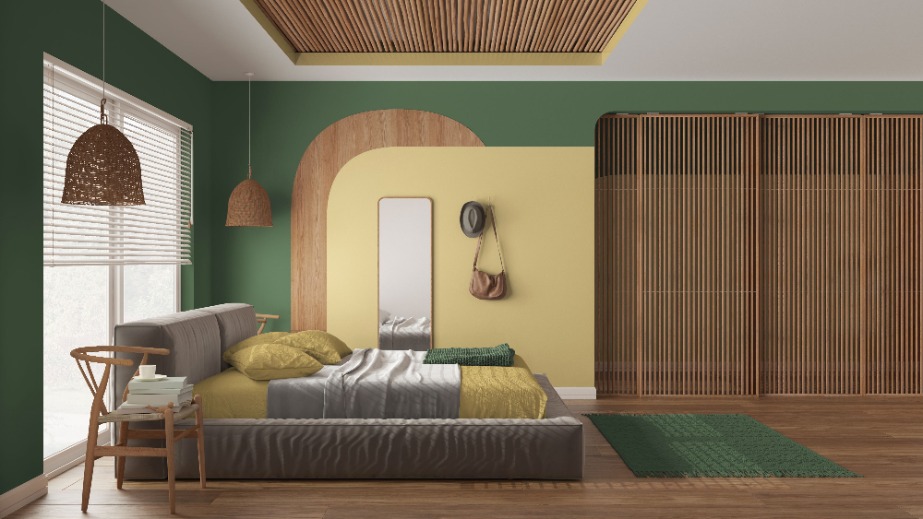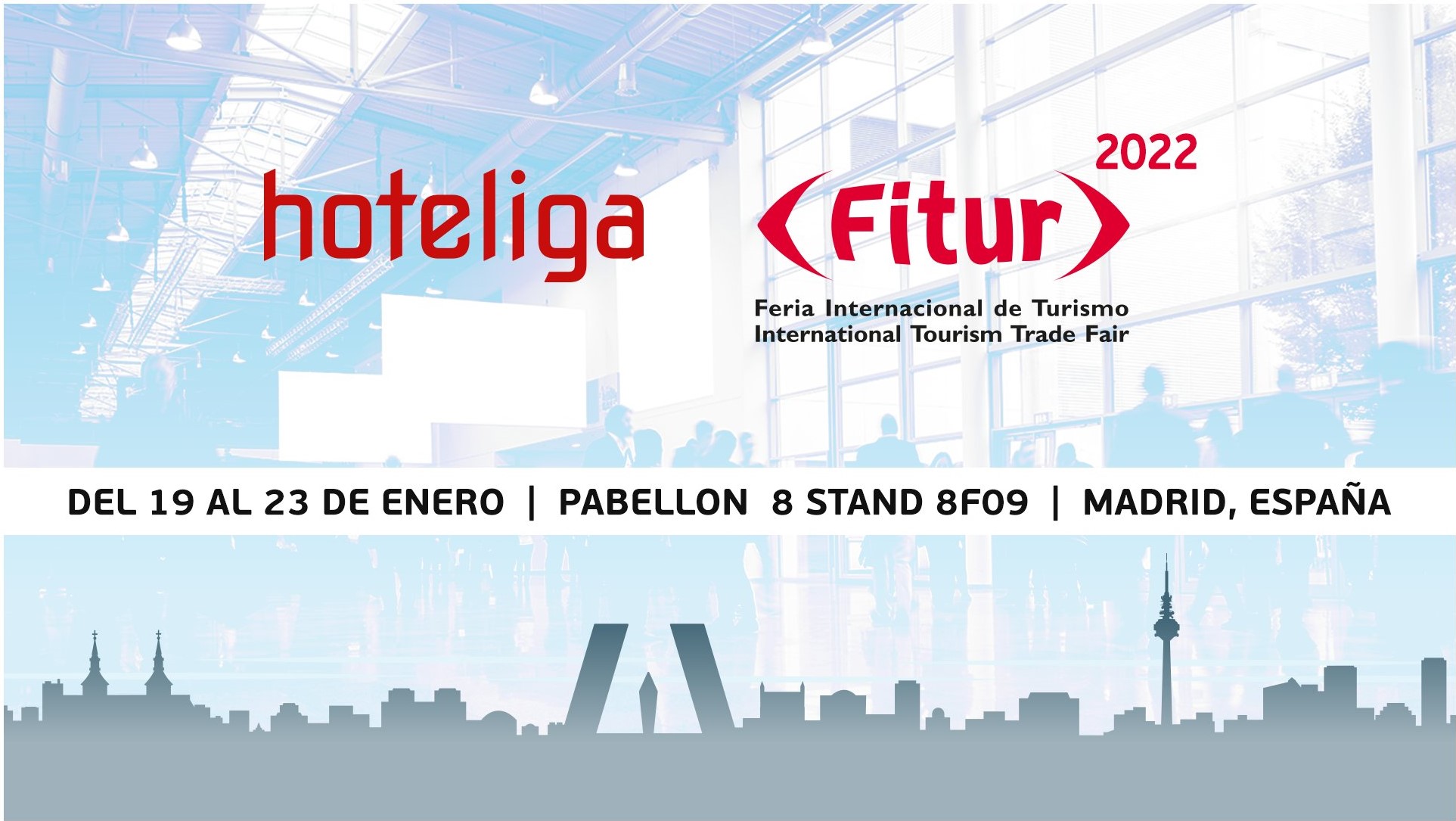
The Benefits of Nature-Centered Design in the Hospitality Industry
The hospitality industry is all about making guests feel welcomed and comfortable. COVID-19 has made going out and traveling an anxious experience for many people, so hospitality businesses must work harder to create soothing environments for their guests. That’s where biophilic nature-centered design comes into play.
Here are the basics of nature-centered design and seven impressive benefits of integrating these elements into your business.
Key Elements of Nature-Centered Design
Biophilic design brings common aspects of nature indoors to give the space more color, vibrancy and life. These are the main features designers should focus on.
- Natural building materials: Wood, stone, glass, brick and ceramic are the foundational materials of nature-centered design. Drywall and other artificial materials might be cheaper and more convenient, but they’re also lifeless and uninspiring.
- Natural colors: Green is the primary color of biophilic design because it’s the most common color in nature. Cool shades of gray and blue are also easy on the eyes. Bright colors also play a role, but you should use them as accessories.
- Maximum sunlight: Nature-centered buildings let in as much sunlight as possible through window walls, skylights and other creative designs. Sunlight is always more appealing than artificial lighting.
- Extensive greenery: Biophilic buildings also contain vast amounts of foliage. Potted plants are everywhere, while vines and ivy hang from the ceilings. Plants add more natural colors to the space and allow it to grow and change independently.
- Curved structures: Curved shapes are more common in nature than sharp edges. Circular light fixtures, porthole windows and round tables and chairs make the space feel more inviting.
- Ambient sounds: Running water, rainfall, chirping birds and other ambient sounds add another soothing dimension to the building.
- Outdoor spaces: Gardens, courtyards and simple outdoor lounging spaces are quiet and peaceful alternatives to indoor recreational areas. They also provide a clearer view of the surrounding landscape.
Some of these design elements might feel out of place in a hospitality setting. People don’t imagine lots of plants and stone structures in hotels and restaurants, except perhaps at tropical resorts or the Rainforest Cafe. This style might be unorthodox, but you may find it can bring many benefits to a hospitality business.
1. Creates a Strong First Impression
When people arrive at a hotel or restaurant, they don’t want to see a dull building with no standout features — they want something fun and unique. The entrance and lobby should have plenty of foliage and let the sunlight shine through. These details will welcome guests into the building and create a strong first impression.
2. Brightens the Guests’ Moods
Natural design elements work wonders on moods. Frequent exposure to sunlight can boost serotonin levels and improve sleep and productivity. Many people have trouble sleeping and focusing in hotels, so a greater influx of natural light would be highly beneficial for them.
Green and similar colors also have positive effects, creating a calm and cozy atmosphere that helps guests unwind. Plants have been found to reduce stress levels. These benefits should come as no surprise, as most people have an easier time relaxing in lush outdoor environments than in buildings full of artificial elements.
3. Promotes Healthy Habits
A nature-centered building is a healthy building. Natural building materials don’t contain any foreign substances that might trigger a guest’s allergies. Greenery improves the space’s air quality and relieves guests from the pollution outside. Hotels using lots of natural light rebalance people’s circadian rhythms by helping them naturally wake up when the sun rises.
Adding these biophilic settings to a hotel would also promote healthy habits:
- Therapeutic gardens
- Walking trails
- Jacuzzis
- Plunge pools
- Outdoor yoga studios and fitness centers
It’s no coincidence many getaway resorts are in quiet, remote landscapes. People need an escape from their unhealthy habits and the temptations of modern life — natural design elements provide that escape.
4. Offers New Engagement Opportunities
The aforementioned biophilic attractions create more engagement opportunities for guests. Many travelers stay in their rooms and don’t explore the hotel because nothing piques their interest. They’ve seen the usual fitness center, pool and sauna before. However, a therapeutic garden and outdoor workout area are much more interesting.
People don’t travel solely for tourist attractions. They do so for many reasons, including a memorable hotel experience. A hotel with natural design elements and activities may be one of the highlights of their trip.
5. Provides a Safer Guest Experience
COVID-19 has winded down in 2022, but many people might still be nervous about crowded indoor spaces. Creating alternative outdoor settings provides a safer guest experience for anxious or at-risk travelers. Airborne diseases don’t spread as easily outdoors and natural light and plants also help weed out toxins in the air.
Additionally, curved furniture is safer for children to be around. Kids can easily hurt themselves on the sharp pointed ends of tables and chairs. You can eliminate this problem by switching to furniture with aesthetically pleasing round shapes.
6. Shows an Eco-Friendly Attitude
As climate change becomes a more widely discussed topic, people have started to adopt more eco-conscious attitudes about their spending habits. All businesses in the hospitality industry can show off their eco-friendliness by incorporating biophilic design elements. Natural building materials and sustainable appliances are essential parts of this strategy.
7. Helps Build a Unique Brand Identity
Every hotel and restaurant tries its best to stand out from competitors. Instead of doing a brand overhaul, why not make more minor adjustments with natural design features? Your business’s name and culture can stay the same. Still, from an outside perspective, it will earn a reputation for having many plants, visually appealing colors and an overall relaxing environment.
Nature-Centered Design Is Taking Over
After decades of a hard emphasis on industrial design, it looks like nature-centered design is starting to gain more popularity. The hospitality industry could be one of the greatest beneficiaries of this trend. Incorporating biophilic features creates a safer and more soothing environment for guests of all ages and lifestyles.













